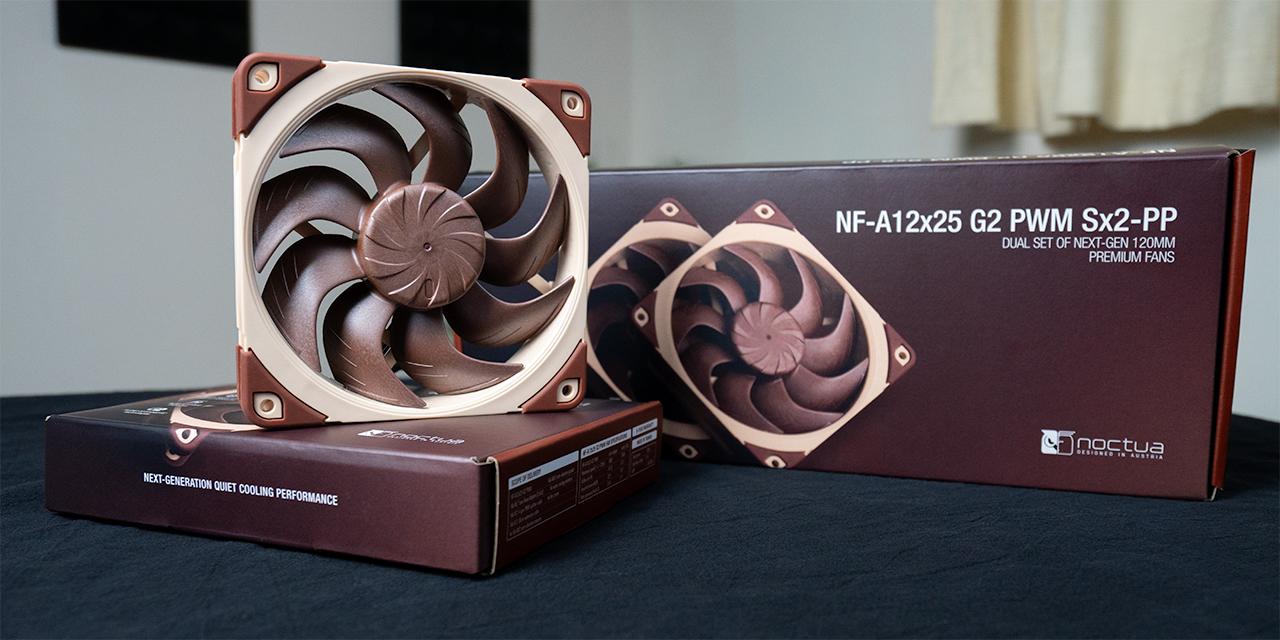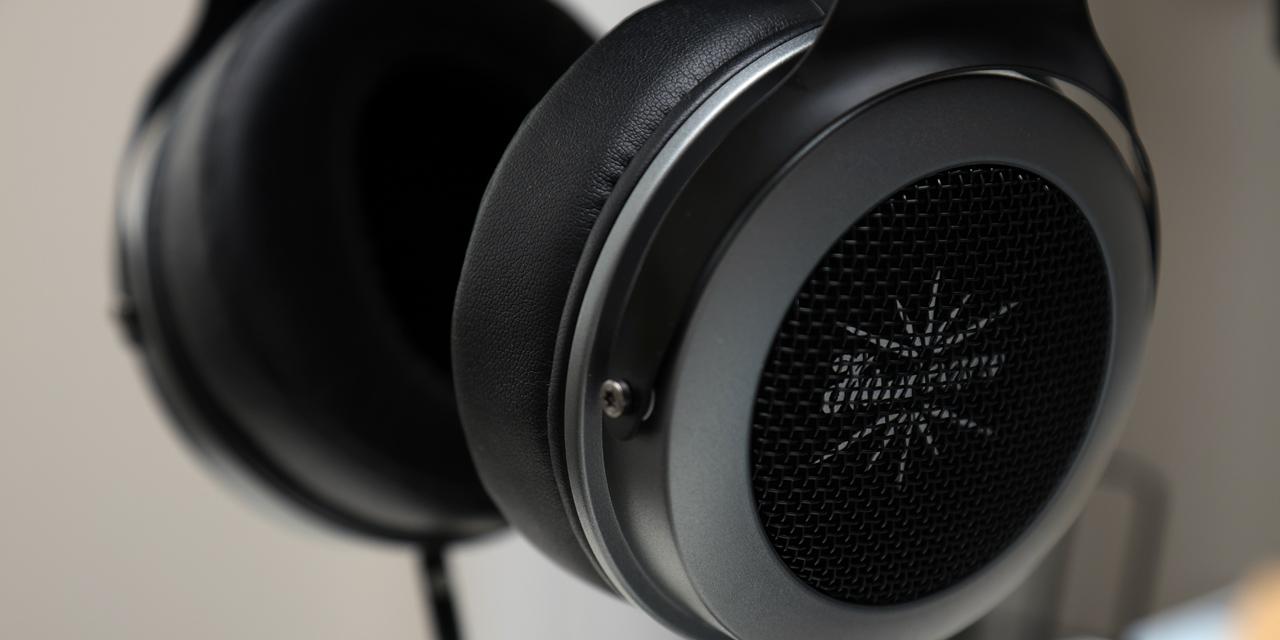Page 2 - Physical Look - Outside
The Power Zone 2 series is be quiet!'s mainstream performance lineup, and the Power Zone 2 750W we are reviewing today is the lowest wattage variant of the collection. The Power Zone 2 series have two higher wattage models at 850W and 1000W. From our view above, you can see the branding is implemented on one side, where be quiet!'s logo is debossed. The other side is the specifications label, which we will examine in just a moment. The orientation of it is the same on both sides, so the side facing the user after installation will not be correct if you plan to install the PSU with the fan facing up. It will be correct if you plan to install it with the fan facing down, which is the traditional method. The be quiet! Power Zone 2 750W uses standard SECC construction.
The 750W variant I am reviewing today has a depth of 16.0cm, making it a reasonably short modular unit. Most modular power supplies are longer than non-modular units by a centimeter or two, as the extra length is needed to accommodate its connector board at the back. We will take a look inside the PSU on the next page. For most ATX or eATX chassis, this length should not be too much of a problem. However, if you have a mATX or mITX case that takes standard power supplies, the shorter length will definitely serve as an advantage, especially considering the fact the Power Zone 2 is fully modular.
At the top, a fixed diamond pattern fan grille guards the primary and only cooling fan installed. The diamond pattern mesh looks great, and air resistance should be reasonable. The 140mm fan generates airflow by drawing air from the bottom of the power supply over its internal components to keep the temperatures in check. Exhaust heat is allowed to leave at the back of the power supply through the secondary diamond pattern opening. Meanwhile, four hex screws secure the power supply case together. One screw has a warranty seal over it, so you cannot open the be quiet! Power Zone 2 750W without voiding its 10-year warranty.
Starting from the back part of the power supply, it is ventilated as most PSUs with a bottom mounted fan. The low resistance diamond pattern mesh design is implemented to maximize airflow and minimize air resistance. This is done as heat needs to leave the power supply as easily and efficiently as possible, because the Power Zone 2 750W incorporates only one 140mm fan at the bottom.
As always, there is a horizontally aligned male connector for power input on the western edge along with an on/off switch next to it. Beneath the two is a sticker with be quiet!'s logo and the input voltage range. The rear ventilation opening could be implemented in a more efficient manner in my opinion, as more than a third of the back is not ventilated. The be quiet! Power Zone 2 750W has automatic full range 100V to 240V AC line voltage selection as with all active PFC power supplies, so the user does not have to worry about manually selecting input voltage.
Like many power supplies we cover here at APH Networks, the Power Zone 2 750W is a fully modular power supply. This means all cables are completely detachable from the main unit. While it is somewhat questionable with regards to why this is necessary, since cables such as the ATX 24-pin and ATX 4-pin/EPS 8-pin have practically an 100% chance of being always connected, it may prove to be beneficial to an extent when building your computer initially.
The rear cable connection panel is done nicely. be quiet! has also made the labels right side up in standard orientation. To ensure you know what is going on, they are all clearly labeled for minimal ambiguity. Starting from the left, we have the Motherboard section that supports an ATX 24-pin connector by two separate blocks next to each other. Under that is the first of two 8-pin connectors for ATX/EPS cables. Next, there are two Peripherals outputs for SATA and Molex devices, followed by the second 8-pin connector for ATX/EPS cables. Lastly, we have two traditional PCIe headers and one 16-pin 12V-2x6 PCIe 5.1 600W header. Incompatible outputs will not physically fit into each other, so be quiet! has done a great job in this regard. This is a reasonable array of outputs in correspondence number of connectors on each modular cable, which should be sufficient for casual users and power enthusiasts alike.
The external build quality of be quiet!'s Power Zone 2 750W power supply is excellent as always; a good indication the company is serious about the product they are selling. We will take it apart in just a moment. Fit is done well with minimal panel gaps, and all edges are nicely finished off. The level of refinement with regards to the external build quality is right up there with all the other high-quality PSUs I have used in the past. As aforementioned, we will crack open the power supply to see what components are inside in the following section.
The voltage specification label is located on the side of the be quiet! Power Zone 2 750W. There are two main virtual rails. Up to 20A can be delivered via the +3.3V rail for a total of 66W, while the 20A on the +5V rail brings the output to 100W in this area. The total combined output for the +3.3V and +5V rail is 120W. In other words, your power allocation combination must fall within the limits of the listed specifications. Meanwhile, a single powerful +12V rail delivers up to 62.5A -- 750W -- to maximize power delivery flexibility compared to multiple rails. Overall, the combined power output for the whole be quiet! Power Zone 2 750W is 750W, as its name suggests. It does sound a bit confusing to understand how this works at first, but generally speaking, this configuration allows sufficiently flexible power demands and should be sufficient to accommodate most users. The power outputs in the +3.3V and 5V rails are within the norm, as most PSUs in this wattage range released in the last few years usually have them between 20A and 22A. This is because modern systems do not have a lot of need in this area.
The be quiet! Power Zone 2 750W is 80 Plus Platinum and Cybenetics ETA Platinum certified. The 80 Plus Platinum certification means that it is at least 90%, 92%, 89% efficient at 20%, 50%, and 100% load, respectively. Cybenetics ETA Platinum means at 115V input, it is certified to be between 89% and 91% overall efficiency, power factor above 0.975, greater than 76% 5VSB efficiency, and less than 0.16W vampire power. Higher certifications available for power supplies of this type include 80 Plus Titanium, Cybenetics ETA Titanium, and Cybenetics ETA Diamond at press time.
A total of eight modular power cables are included out of the box. All modular cables are flat or sleeved and easy to bend, making them extremely easy to work with. 16 AWG wires are found on the ATX 4+4 pin, EPS 8 pin, 12VHPWR PCIe 12+4 pin, and PCIe 6+2 pin bundles. Manufacturers often will fatten high current cables to 16 AWG, so this is common practice.
The following modular cables are included out of the box:
- 1x ATX 20+4 pin, 60.0cm
- 1x ATX 4+4 pin, 70.0cm
- 1x EPS 8 pin, 70.0cm
- 1x 12V-2x6 PCIe 12+4 pin, 60.0cm
- 1x PCIe 6+2 pin, 2 connectors, 60.0cm to both connectors
- 1x PCIe 6+2 pin, 1 connector, 60.0cm
- 1x SATA, 4 connectors, 55.0cm to first connector, 15.0cm spacing thereafter
- 1x SATA/Molex, 3 connectors, 55.0cm to first connector, 15.0cm spacing thereafter
These figures are provided by the manufacturer. Most users should have no problems with be quiet!'s Power Zone 2 750W in modern cases. 50cm is the general standard, and the included cables met or exceeded this recommendation on all measurements. Peripheral cables with a shorter length to the first connector may be advantageous for cable routing and management though.
Page Index
1. Introduction, Packaging, Specifications
2. Physical Look - Outside
3. Physical Look - Inside
4. Minor Tests and Conclusion





